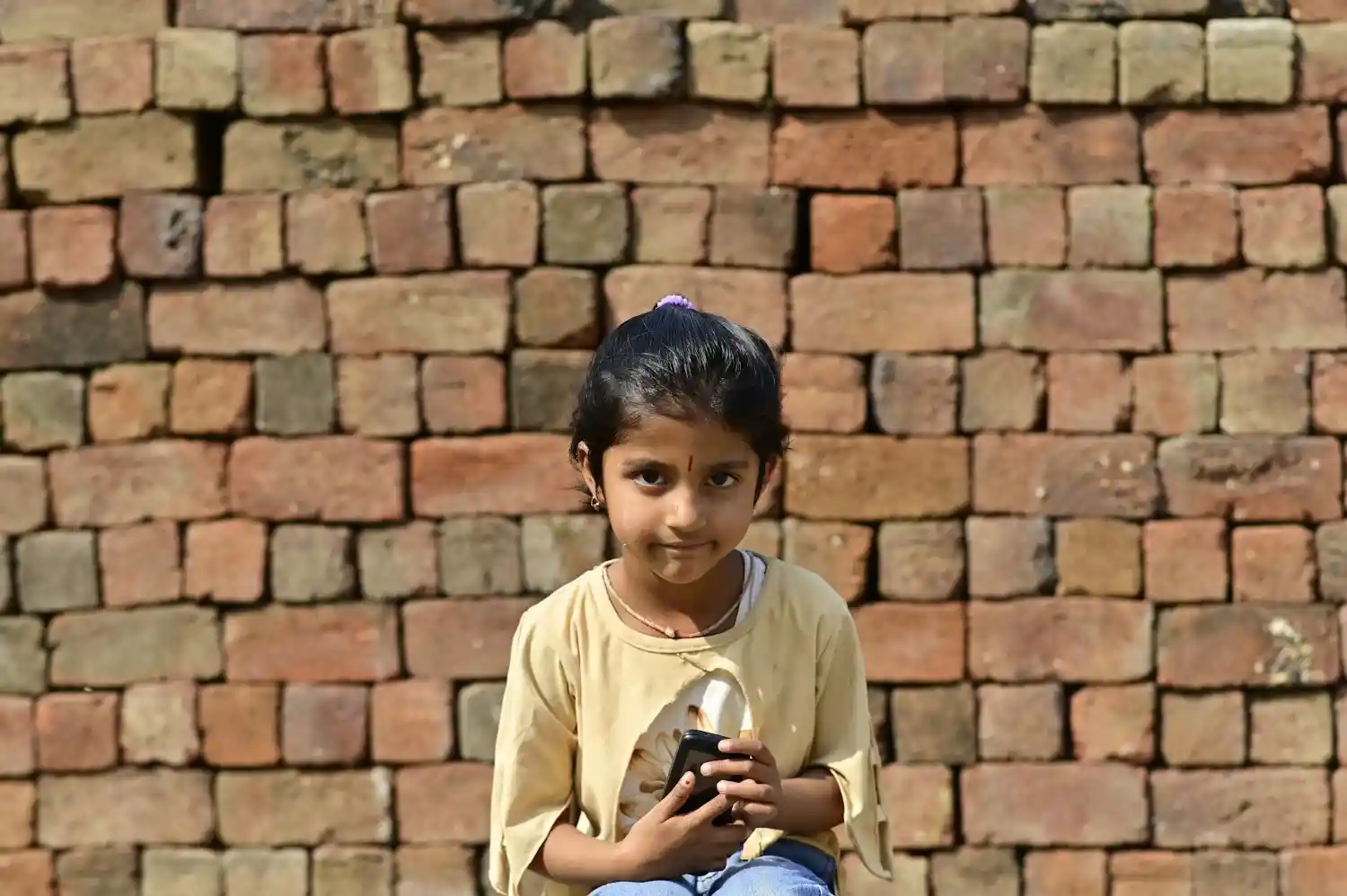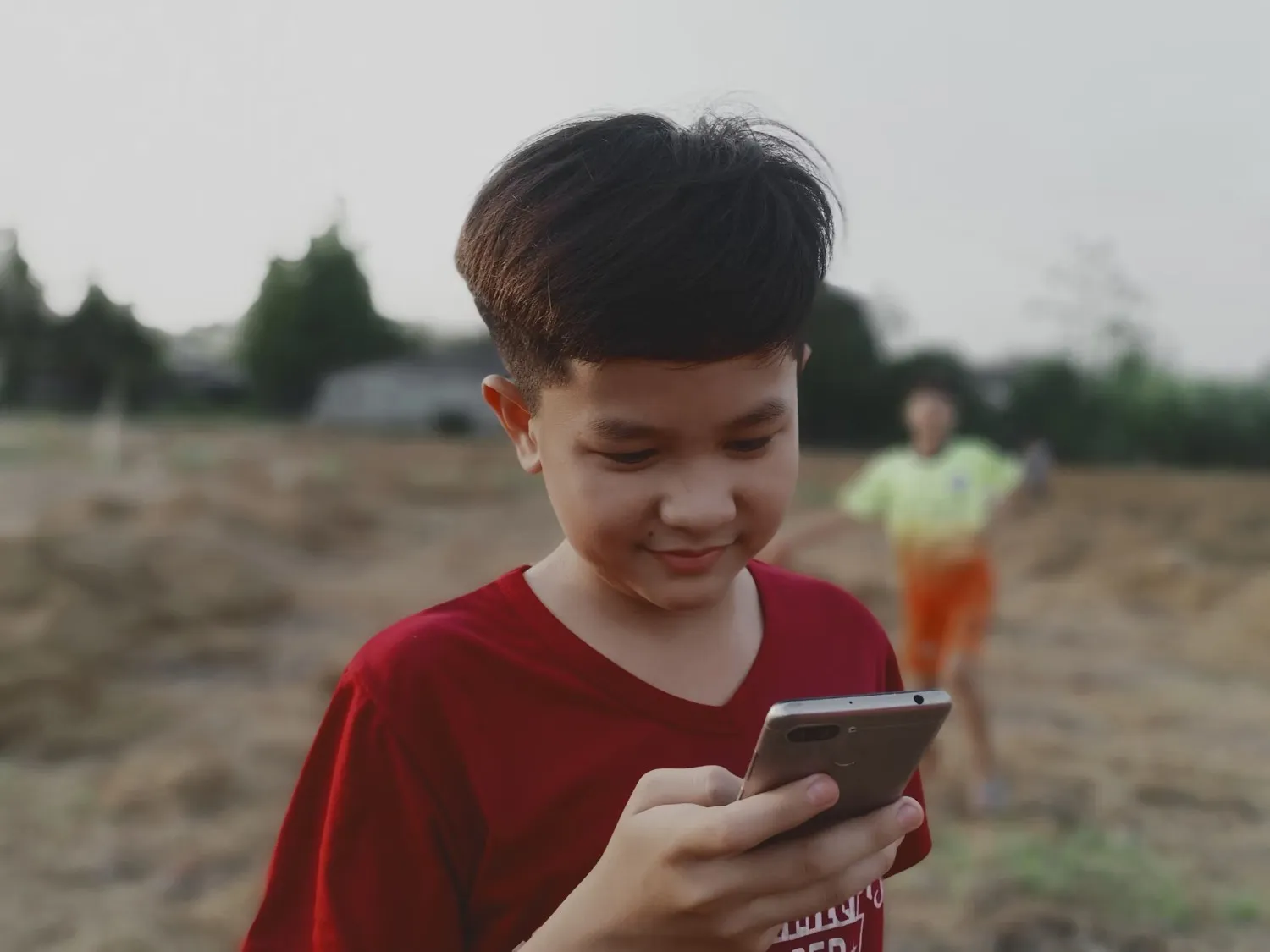Introduction: When the Struggle Is Silent, Are We Aware?
Have you ever had a chance to stand in front of a classroom or sat across from a student who just won’t look up, you know the signs. The constant fidgeting. The short temper. The sudden tears. And sometimes, complete silence.
You ask yourself, “Is this defiance? Disinterest? Or something deeper?” Perhaps it’s time we explore whether these students simply need the right stress management techniques to help them cope with what lies beneath the surface.
At Unessa Foundation, we’ve worked and helped thousands of underprivileged children. Which has given us the understanding that these behaviors of children often point to something beyond the classroom walls—chronic stress caused by poverty, trauma, food insecurity, or unstable homes. Many students carry emotional burdens into school every day, yet lack the tools or support systems to cope.
The question is: are we providing the right environment and strategies to help them manage?
In this blog, you’ll discover student stress solutions and coping strategies tailored for youth from challenging backgrounds. Whether you’re a teacher, school administrator, or a parent, these practices are designed to help you recognize, respond to, and reduce stress in students with compassion and effectiveness.
Why Stress Hits Harder for Students from Disadvantaged Backgrounds
Let’s be honest. Stress is a part of every student’s life. But when you add in factors like financial hardship, exposure to violence, neglect, or unstable housing, stress becomes toxic. It affects brain development, memory, concentration, and emotional regulation.
Here’s what we often see at Unessa Foundation:
- Students who lash out because they haven’t felt safe in months.
- Children who avoid eye contact because they’re used to being ignored.
- Teens who fall asleep in class—not from laziness, but because they didn’t sleep the night before.
These are not behavioral problems. They are survival responses. And without intentional intervention, these students fall further behind academically and emotionally.
Stress is manageable—if we provide the right tools. In fact, research from Harvard University’s Center on the Developing Child explains how toxic stress disrupts brain development and how supportive relationships and safe environments can buffer its effects.
9 Practical Stress Management Techniques You Can Use Today

1. Start with Mindfulness Moments
In classrooms supported by Unessa, we begin and end sessions with one-minute breathing or grounding exercises. These student mindfulness practices help reset anxious minds and bring calm into chaotic environments.
Try this: Ask students to close their eyes, breathe in deeply through the nose for four seconds, hold for four, and release for four. Repeat three times. You’ll feel the shift.
2. Daily Emotional Check-Ins
We encourage educators to start mornings with a quick check-in:
- “How are you feeling today? Thumbs up, sideways, or down?”
- “Name one word for your mood today.”
These small habits create emotional awareness and normalize talking about feelings—an essential part of youth emotional health.
3. Create Calm Corners
Designate a quiet space in the room where students can go to self-regulate when overwhelmed. Stock it with sensory toys, journals, or calming visuals. This simple yet effective setup promotes school stress control and encourages healthy self-soothing.
4. Use Stories to Heal
We’ve found that storytelling—whether through reading, drawing, or role-playing—allows students to process difficult emotions indirectly. It becomes a safe outlet, especially for those experiencing trauma.
Youth trauma coping strategies are most effective when they don’t require a child to name their own pain outright.
5. Break Tasks into Manageable Steps
Academic pressure often feels overwhelming to students juggling emotional chaos. Instead of assigning a full-page essay, break it down:
- Brainstorm today
- Write an outline tomorrow
- Draft one paragraph the next day
This simple scaffolding helps reduce student academic stress and boosts confidence.
6. Celebrate Small Wins
At Unessa, we’ve seen how powerful praise can be—even for what others might see as “small” things:
- “You made it to school today—that’s brave.”
- “You raised your hand. That’s leadership.”
These affirmations build resilience and reinforce that their efforts matter.
7. Empower Through Peer Connection
Stress grows when students don’t have words for what they’re feeling. Integrate emotional vocabulary charts and activities into lessons.
For example:
- “I feel frustrated when I can’t finish a task.”
- “I need a break because I’m feeling overwhelmed.”
These build emotional intelligence and self-awareness.
8. Teach Emotional Vocabulary
Designate a quiet space in the room where students can go to self-regulate when overwhelmed. Stock it with sensory toys, journals, or calming visuals. This simple yet effective setup promotes school stress control and encourages healthy self-soothing.
9. Connect with Professionals When Needed
No teacher or school can do it alone. At Unessa, we partner with mental health professionals, counselors, and local wellness centers. When a student shows prolonged distress, they need more than school support—they need therapy, mentorship, and sometimes crisis intervention.
School psychological care should be integrated into your wellness system, not treated as a last resort.
How to Recognize When Stress Becomes Harmful
Not sure when to act? Here are warning signs that a student’s stress might need deeper intervention:
- Recurring headaches or stomachaches
- Extreme changes in behavior
- Sudden disinterest in previously enjoyed activities
- Excessive worry, fear, or sadness
- Aggressive outbursts or prolonged silence
These are not just “bad days.” These are cries for help.
Spotting stress in at-risk students early can change the trajectory of their education—and their lives.
What Unessa Foundation Is Doing to Help
At Unessa Foundation, our mission is clear: to support the emotional, academic, and psychological well-being of underprivileged children.
We:
- Train teachers in trauma-sensitive learning and classroom strategies
- Provide mindfulness-based learning kits for classrooms
- Partner with local counselors to offer academic mental wellness aid
- Run after-school well-being circles and peer support groups
- Conduct community sessions to help families manage home stressors
Our programs are built for impact—even in underfunded schools with limited resources.
For a broader perspective, explore our guide on Understanding NGOs: Their Purpose, Impact, and Importance to see how organizations can drive systemic change.
Conclusion: You Don’t Need to Be a Therapist to Be a Lifeline
You may not have a counseling degree. You may not have funding for a wellness team. But what you do have is the power to notice, to care, and to act. Every breath you take with a student. Every calm response to a tantrum. Every “You’re doing great” you offer in the chaos.
That is emotional first aid.
Stress management for students from challenging backgrounds isn’t about perfection—it’s about presence. It’s about showing up again and again with patience, tools, and a belief that no child is beyond hope.
So if you’ve ever looked at a struggling student and wondered, “What can I do?”—the answer is this: Start here. Start now. Start with compassion.
Because with your support—and Unessa’s—students can learn to carry their stress with strength, not shame.
If you’re passionate about supporting organizations transforming lives through learning, don’t miss our in-depth guide on the Top 10 Education NGOs in India.
















